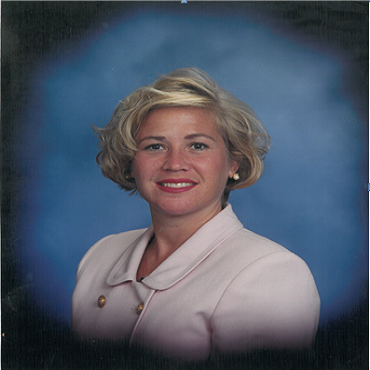Scientific Program

Lorrie Blitch
Magellan Christian Academie, USA
Title: Pronation therapy on patient outcomes
Biography:
Lorrie Blitch has an impressive and diverse career in nursing and as a business owner. She is owner of Magellan Christian Academies for the past 18 years in Phoenix, Arizona and Jacksonville, Florida. Her schools have won numerous awards including Declaration of Magellan Day by the Mayor of Jacksonville, Florida in 2010. Ms. Blitch was awarded the prestigious title of “Top Women in Business” in Jacksonville, Florida by Jacksonville Magazine and recognized in Arbus Magazine as a “Female Entrepreneur." She is a published author of children’s books achieving number one on Amazon. Her experience in nursing is impressive that encompasses critical care, trauma, cardiovascular intensive care, toxicology, administration and management, nursing professor, medical-legal nursing and field hospital nursing. She is a nurse educator for the Banner Health System in Phoenix, Arizona responsible for the education of multiple service lines. Ms. Blitch served her country honorably as a Naval Officer for 20 years. She lectures internationally on nursing topics. Ms. Blitch holds a bachelor’s degree in nursing and a master’s degree in nursing education and is pursuing a doctorate degree in nurse anesthesia. She sits on the Board of Directors for the Banyon School, New Delhi, India. She lectures on the dangers of academia's "Indoctrination Establishments” and the importance of returning to traditional academic learning.
Abstract
Clinical studies have found that patients with acute respiratory distress syndrome (ARDS) account for approximately 5% of all hospitalized patients subjected to mechanical ventilation. Most studies have shown that patients with mild ARDS (PaO2/FiO2 200–300) represent only 25% of the cases, while the remaining 75% correspond to patients with moderate or severe ARDS (Estoben, etal., 2008) Patients with acute pulmonary complications may benefit from prone therapy, which improves the ventilation/perfusion ratio (Sud et al., 2014). Relative to the supine position, rotating the patient while in the prone position can assist with moving the heart and lung tissue so that secretions and debris can be removed in order to allow expansion of the alveoli, and minimization of alveolar stretch and strain (Berry, 2015). Such positioning improves oxygenation sufficient that it can reduce the risk of mortality by hypoxia in patients suffering from acute pulmonary distress syndrome (Sud et al., 2014).
In a systematic review and meta-analysis of 11 randomized controlled trials, prone positioning was found to significantly reduce mortality with a risk ratio of 0.74 (95% CI 0.59-0.95) relative to supine positioning (Sud et al., 2014). The study found that improvements in oxygenation in the prone group exceeded those in the supine group, although the risk of forming pressure ulcers, obstruction of the endotracheal tube, and dislodgement of the thoracotomy tube were also higher in the prone group. Another study of 466 patients with acute respiratory distress syndrome found statistically significant improvement in the mortality rates at 28 days and 90 days among prone patients relative to supine patients (Guérin et al., 2013). Prone therapy has thus been found to significantly benefit patients with acute pulmonary complications.
In the past, however, manually rotating patients to the prone position was often difficult, especially if the individual had conditions such as aortic rupture, prominent external fixation, obesity, or instable pelvic fractures (Kim & Mullins, 2016). The technical difficulties in manually rotating patients often precluded pronation therapy as a treatment for severe acute pulmonary complications (Berry, 2015). The RotoProne Therapy system (RotoProne; Arjo Huntleigh, Addison, Illinois) is a bed that provides kinetic therapy to patients by rotating them at an angle from 40-62 degrees side to side in a slow and gentle fashion (Jackson, Verano, Fry, Rodriguez, & Russian, 2012). Multiple studies have shown that the use of the RotoProne Therapy system can allow for a wider range of respiratory care patients to receive pronation therapy, but care must be used with this system in order to avoid skin breakdown and concomitant pressure ulcers.
- Nursing Research and Education
- Types of Nursing Education
- Nursing Examinations and Certifications
- Risk Factors in Nursing and Healthcare Professionals
- Nursing Informatics & Management
- New Technology and Future of Nursing Education
- Innovations in Nursing Education
- Advanced Practice Nurse
- Clinical Nursing
- Critical Care & Emergency Nursing
- Women Healthcare & Midwifery Nursing
- Cancer & Perioperative Nursing
- Travel Nursing

